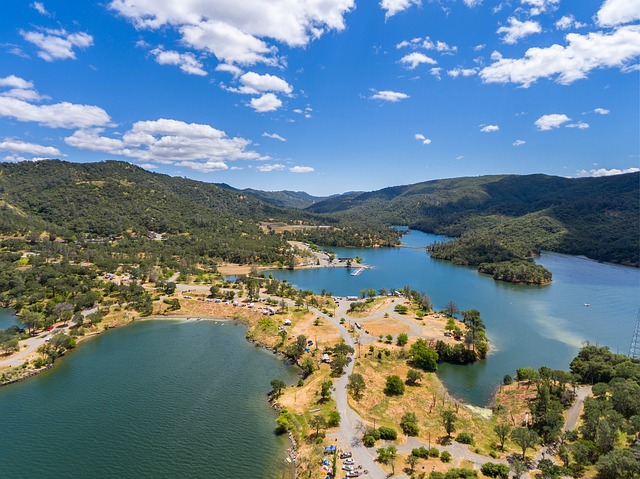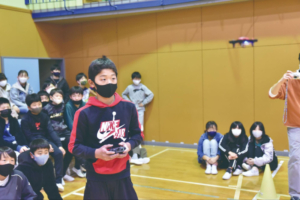フェイスブック社は、太陽光発電ドローンAquilaを用いて、インターネットアクセスがない地域にネット環境を提供する計画を推進中。5月22日に2回目のテスト飛行を終えました。
初回の教訓を生かした結果、今回の飛行時間は1時間46分。上空914mまで上昇し、初回の倍速となる分速55mを記録。そもそも速く動く設計でないため、逆風時は時速16ー24km程度です。
一つの区域をゆっくり飛行するので、安定したネット環境を提供するにはむしろ適しています。
なお、Aquilaの消費電力は、ヘアドライヤー3台分程度とのこと。
今回の飛行では、消費電力予測モデルの調整などのためのデータ収集と、新たに搭載されたスポイラー(抵抗を増やし減速させる装置)や発信電波の強度テストも行われました。
着陸に失敗した初回と比べ、今回の着陸は機体に軽い凹みができた程度で、大きな進歩が見られました。今後も改良が続けられます。
ゆくゆくは翼幅34mの巨大な機体を用いて、一回の飛行で90日間、直径97kmの地域にネット環境を届ける計画です。
Facebook’s Aquila drone completes its second test flight, lands well this time
Facebook’s plan to use large solar-powered high-altitude drones to connect areas of the world that traditionally haven’t had reliable internet access marked a significant milestone on Thursday. Aquila, its first functional aircraft, completed its second successful test flight — and landed successfully, too. The first time around, Aquila’s flight resulted in a structural failure that affected the craft’s landing and resulted in an NTSB investigation.
Aquila’s second flight occurred on May 22, with take-off occurring just after dawn, and a total flight time of one hour and 46 minutes in the air. The drone rose to a flight ceiling of above 3,000 feet, and climbed at a rate that was double that of the first test flight — Aquila ascended at 180 feet/minute, which the team working on the project says was a result of a number of “refinements” made to the Aquila platform as a result of info gleaned from the first test.
Facebook notes that by design, the Aquila craft doesn’t do anything terribly fast, despite the increases in climb rate; it only flies at about 10-15 mph when flying upwind, but it’s meant to provide consistent access to an area by staying over it for a relatively long time, so that’s actually advantageous. It can do this by sipping power generated by its solar gathering system — it runs on the same amount of power consumed by three blow dryers, Facebook says.
This second voyage for Aquila was also all about gathering data, specifically to help the team adjust the models they use to predict energy usage and optimize battery and solar system design, based on real-world data. These have, of course, been extensively modeled in simulation, but actually flying a drone in conditions similar to how it would be deployed when active commercially is the only way to get those details right.
Aquila also tested new spoilers it has incorporated into the design to help it increase drag and reduce speed, and it tested radio signal strength aboard the craft. Those added spoilers also help with landing, the process of which was revised based on the first flight’s issues.
Facebook says that this new process, which included locking the propellers horizontally to reduce damage, worked mostly as designed — though only one propeller on the craft actually locked horizontally, while the rest remained vertical until landing, as you can see in the clip above. All four motors stopped as intended, however, and the craft landed softly on a gravel surface, resulting in “a few minor, easily repairable dings,” which is a much better result than they had the first time around. The team still intends to tweak this to help ensure it works better in the future.
The plan eventually is for Aquila to fly for up to 90 days at a time, offering internet access to an area 60 miles wide using the giant craft, which has a massive 113-foot wingspan.
原文






















